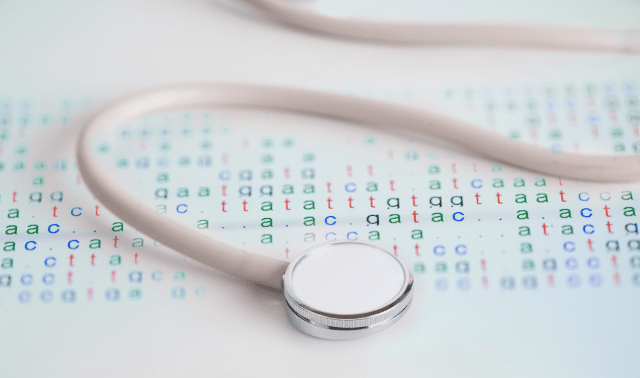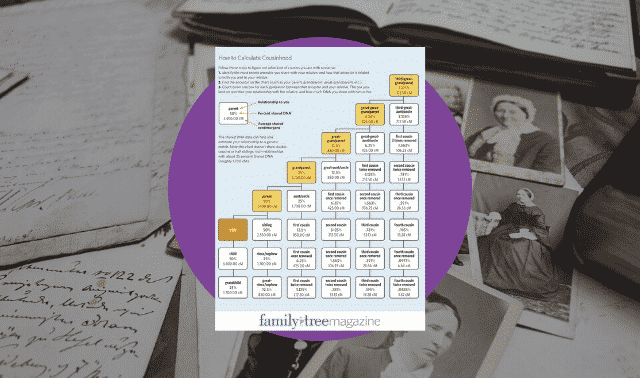Sign up for the Family Tree Newsletter! Plus, you’ll receive our 10 Essential Genealogy Research Forms PDF as a special thank you.
Get Your Free Genealogy Forms
"*" indicates required fields

Q: “What is a DNA segment?”
A: When we’re talking genetic genealogy, a DNA segment is simply a shared piece of DNA. But of course, our DNA testing companies make that definition a bit more complicated. Each has their own way of determining what qualifies as a shared segment.
Sound interesting? We’ll get into the cool science-y stuff momentarily. But first, let’s talk about why you, a genealogist, should care about segments of DNA.
We measure shared segments in something called centimorgans (cMs). Generally speaking, the more cMs you share with someone, the more closely you’re related.
But it isn’t always just the total amount of shared DNA that helps you determine your relationship with a match. The number and size of shared segments matter as well. Matches might share just one segment, or many. And segments can range in size.
Those values offer clues to how you’re related. For example, long segments (like those over 40 cM) are often a good indication that you have a close relationship with that person. These large segments could mean that your match is a third cousin or closer—a match worth your time investigating.
You should consider both the number of shared segments as well as their size. You may share a lot of segments with a match. But if they’re each small, that doesn’t necessarily indicate a close relationship. (This is especially true in endogamous communities, who share more overall DNA with relatives than they would otherwise.) In general, only consider shared segments that are longer than 15 cMs; smaller value —10 cMs or lower—should be dismissed.
OK, now for the science-y bit. As mentioned, DNA testing companies count segments differently. Most take into consideration not just the total number of cMs, but also the number of SNPs (single nucleotide polymorphisms) within those cMs. An SNP is a special kind of DNA marker, and the more you have in a shared segment, the more confident we can be that the matching segment came from a recent common ancestor.
Some companies require that a shared segment has between 500 and 700 SNPs in order to be counted. Additionally, they may employ a kind of double standard when it comes to these segments: They require an initial large segment for someone to be considered a match, but then subsequent segments don’t have to be quite so big.
In short: You can best make use of DNA segments by focusing on matches with whom you shared longer segments. That will increase your chances of being able to determine your genealogical relationships with them.
Last updated, June 2023








